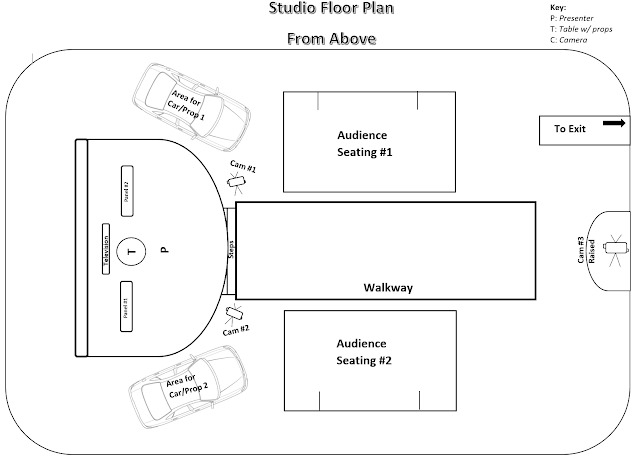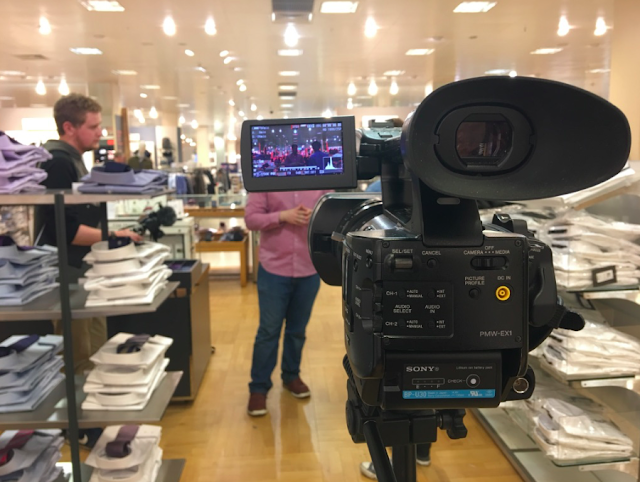Historic Chatham Dockyard Footage Review
Footage Review
Today we went into the lecture room with Helen, Sam and Ferg and went through, analysing the footage that was captured during the trip to the Historic Dockyard in Chatham Monday. There were a number of things that Helen made clear throughout this process, these are as follows:
45 Degree Pan Max - It's important to not rush the viewer through a scene, one wants to provide context, giving the audience time to breath.
10 - 15 Second Hold - Holding a clip for longer than necessary ensures that there is excess footage to work with in the edit room. This makes a huge difference in the long run and can save a lot of stress.
Tripods Stabilise to an Extent - Tripods will stabilise a shot much better than your hand 100% of the time, however they still pick up slight distinctions in movement, especially if you're zoomed in on a shot.
Movement From A > B Creates a Reveal - By bringing in the viewer from one direction and slowly panning in another, we create a reveal for the audience, relieving built-up suspense.
For Every Wide Shot, Have 3 Close-Ups - This ensures that there is a variety of detailed shots rather than a number of different wide/establishing shots, showing seemingly nothing.
Shoot Clips of Just Hands and Face - Enables you to essentially cheat controversy to some extent, also looks really nice and forces an audience to take note of what the person is doing.
RESET CAMERAS - Setting a camera back to its factory settings makes for a much nicer looking image, it ensures that there isn't a number of different unwanted settings enabled from previous use.
Seeing what the class had managed to shoot on a short schedule, it was rather inspiring to witness. This has made me quite a bit more confident for when it comes to our own documentary production.
Today we went into the lecture room with Helen, Sam and Ferg and went through, analysing the footage that was captured during the trip to the Historic Dockyard in Chatham Monday. There were a number of things that Helen made clear throughout this process, these are as follows:
45 Degree Pan Max - It's important to not rush the viewer through a scene, one wants to provide context, giving the audience time to breath.
10 - 15 Second Hold - Holding a clip for longer than necessary ensures that there is excess footage to work with in the edit room. This makes a huge difference in the long run and can save a lot of stress.
Tripods Stabilise to an Extent - Tripods will stabilise a shot much better than your hand 100% of the time, however they still pick up slight distinctions in movement, especially if you're zoomed in on a shot.
Movement From A > B Creates a Reveal - By bringing in the viewer from one direction and slowly panning in another, we create a reveal for the audience, relieving built-up suspense.
For Every Wide Shot, Have 3 Close-Ups - This ensures that there is a variety of detailed shots rather than a number of different wide/establishing shots, showing seemingly nothing.
Shoot Clips of Just Hands and Face - Enables you to essentially cheat controversy to some extent, also looks really nice and forces an audience to take note of what the person is doing.
RESET CAMERAS - Setting a camera back to its factory settings makes for a much nicer looking image, it ensures that there isn't a number of different unwanted settings enabled from previous use.
Seeing what the class had managed to shoot on a short schedule, it was rather inspiring to witness. This has made me quite a bit more confident for when it comes to our own documentary production.



Comments
Post a Comment